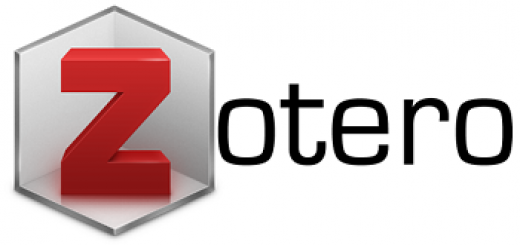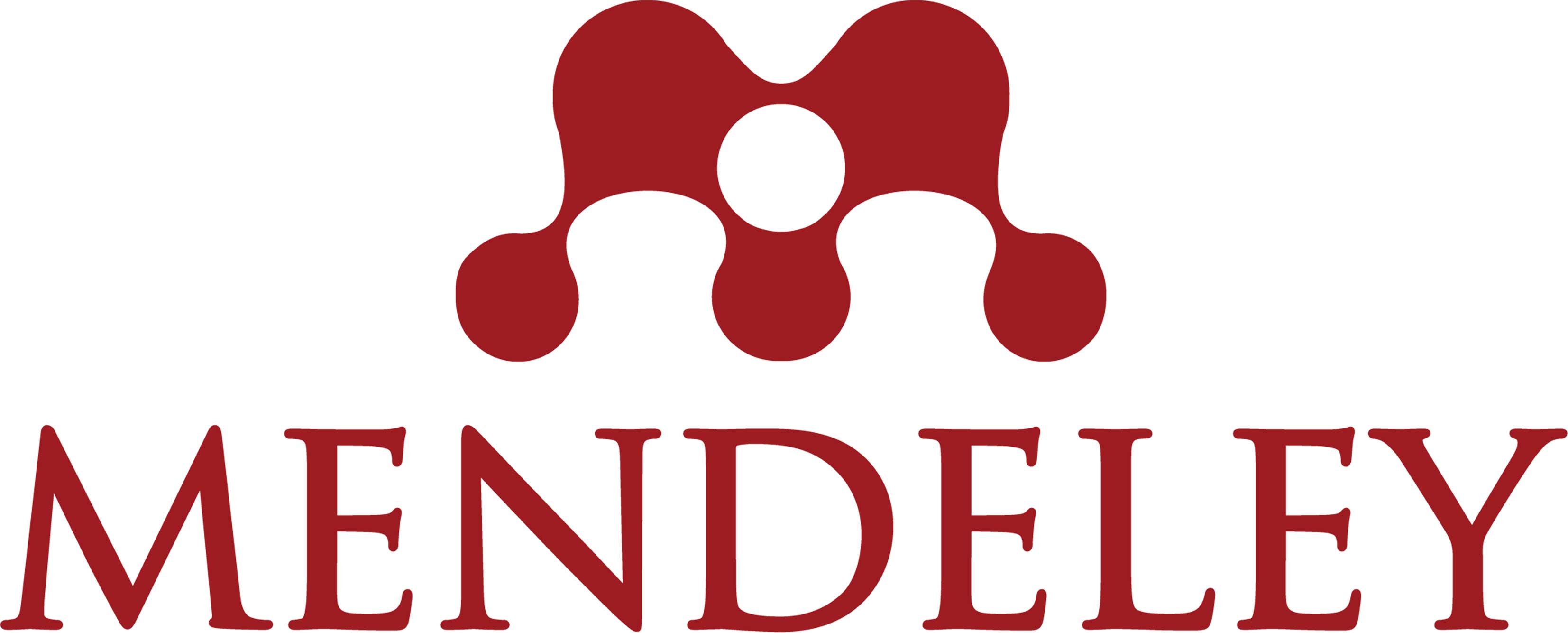Students’ Responses on The Use of Google Classroom for English Lesson in Multimedia Program Grade 11 of SMKN 10 Malang
DOI:
https://doi.org/10.17977/um064v2i62022p810-821Keywords:
Students’ Responses, Google Classroom, Learning MediaAbstract
Abstract: The objective of this study is to investigate the students’ responses on the use of Google Classroom as the online learning media on English lessons in Vocational high school using a mixed method to collect data from 11th grade students of the Multimedia Program at SMKN 10 Malang. The result of this study showed that the students’ responses on the use of Google Classroom in English lessons was positive, and it indicates that Google Classroom is suitable and useful on English lesson but with some limitations: (1) speaking and listening activities was quite hard to do and (2) engaging classroom interaction was quite difficult. The implication is that Google Classroom can be used in English lessons as long as the teachers design the lesson properly, give clear instructions, and make a good environment for the class.
Keywords: students’ responses, Google Classroom, learning media
Abstrak: Tujuan dari penelitian ini adalah untuk mengetahui respon siswa terhadap Google Classroom sebagai media pembelajaran online dalam pelajaran Bahasa Inggris di Sekolah Menengah Kejuruan menggunakan metode campuran untuk mengumpulkan data dari siswa kelas 11 Jurusan Multimedia di SMKN 10 Malang. Hasil penelitian ini menunjukkan bahwa siswa merasa bahwa penggunaan Google Classroom bermanfaat dan cocok untuk pelajaran bahasa Inggris dengan beberapa batasan: (1) beberapa siswa menyatakan bahwa pembelajaran speaking dan listening melalui Google Classroom cukup sulit dan (2) interaksi kelas yang aktif cukup sulit untuk diwujudkan. Implikasinya adalah Google Classroom dapat digunakan dalam pembelajaran Bahasa Inggris selama guru dapat merancang pembelajaran dengan baik, memberikan instruksi yang jelas, dan membuat lingkungan yang baik.
Kata kunci: respon siswa, Google Classroom, media pembelajaran
References
Acharya, A. S., Prakash, A., Saxena, P., & Nigam, A. (2013). Sampling: Why and how of it? Indian Journal of Medical Specialities, 4(2). doi: https://doi.org/10.7713/ijms.2013.0032
Bentley, Y., Selassie, H., & Shegunshi, A. (2011). Student-focused e-learning design and evaluation. Pro-ceedings of the International Conference on E-Learning, ICEL, March 2012, 53–61. Retrieved from https://files.eric.ed.gov/fulltext/EJ969431.pdf
Brown, H. D. (2007). Principles of language learning and teaching (5th ed.). New York: Pearson Longman.
Cohen, L., Manion, L., & Morrison, K. (2018). Research method in education (8th ed.). New York: Routledge.
Etikan, I, Musa, S. A., & Alkassim, R. S. (2016). Comparison of convenience sampling and purposive sam-pling. American Journal of Theoretical and Applied Statistics, 5(1), 1–4. doi: https://doi.org/10.11648/j.ajtas.20160501.11
Herliandry, L. D., Nurhasanah, N., Suban, M. E., & Kuswanto, H. (2020). Pembelajaran pada masa pandemi Covid-19. JTP: Jurnal Teknologi Pendidikan, 22(1), 65–70. doi: https://doi.org/10.21009/jtp.v22i1.15286
Khalil, M, Z. (2018). EFL students’ perceptions towards using Google Docs and Google Classroom as online collaborative tools in learning grammar. Applied Linguistics Research Journal, 2(2), 33–48. doi: 10.14744/alrj.2018.47955
Mathew, N. G., & Alidmat, A. O. H. (2013). A Study on the usefulness of audio-visual aids in EFL classroom: Implications for effective instruction. International Journal of Higher Education, 2(2), 86–92. doi: https://doi.org/10.5430/ijhe.v2n2p86
Rabbi, M. M. F., Zakaria, A. K. M., & Tonmoy, M. M. (2018). Teaching listening skill through Google Class-room: A study at tertiary level in Bangladesh. DUET Journal, 3(1), 2–7. Retrieved from https://www.researchgate.net/publication/324561428
Ratnaningsih, P. W. (2019). The use of Google Classroom application for writing and speaking in English Education class. Journal of ELT, Linguistics, and Literature, 5(1), 93–110. Retrieved from http://ejournal.kopertais4.or.id/mataraman/index.php/efi/article/view/3627
Ridho, D. M., Sawitri, I. D., & Amatulloh, N. A. (2019). Students’ perception toward Google Classroom appli-cation in EFL classroom. Proceedings of Seminar Nasional Pendidikan, 1(2019), 1325–1332. Retrieved from https://prosiding.unma.ac.id/index.php/semnasfkip/article/view/194
Roksa, J., Trolian, T. L., Blaich, C., & Wise, K. (2017). Facilitating academic performance in college: Under-standing the role of clear and organized instruction. Higher Education, 74(2), 283–300. doi: https://doi.org/10.1007/s10734-016-0048-2
Shaharanee, I. N. M., Jamil, J. M., & Rodzi, S. S. M. (2016). Google Classroom as a tool for active learning. AIP Conference Proceedings, 1761. doi: https://doi.org/10.1063/1.4960909
Sudarsana, I.K., Putra, I.B.M.A., Astawa, I.N.T., & Yogantara, I.W.L. (2019). The use of Google Classroom in the learning process. Journal of Physics: Conference Series, 1175(1). doi: https://doi.org/10.1088/1742-6596/1175/1/012165
Ventayen, R. J. M., Estira, K. L. A., Guzman, M. J. De, Cabaluna, C. M., & Espinosa, N. N. (2018). Usability evaluation of Google Classroom: Basis for the adaptation of GSuite e-learning platform. Asia Pacific Journal of Education, Arts and Sciences, 5(1), 47–51. Retrieved from http://apjeas.apjmr.com/wp-content/uploads/2017/12/APJEAS-2018.5.1.05.pdf
Weizheng, Z. (2019). Teacher-student interaction in EFL Classroom in China: Communication accommoda-tion theory perspective. English Language Teaching, 12(12), 99–111. doi: https://doi.org/10.5539/elt.v12n12p99
Yengin, I., Karahoca, D., Karahoca, A., & Yücel, A. (2010). Roles of teachers in e-learning: How to engage students & how to get free e-learning and the future. Procedia: Social and Behavioral Sciences, 2(2), 5775–5787. doi: https://doi.org/10.1016/j.sbspro.2010.03.942
Downloads
Published
How to Cite
Issue
Section
License
Copyright (c) 2022 Adelia Febriani

This work is licensed under a Creative Commons Attribution-ShareAlike 4.0 International License.





























